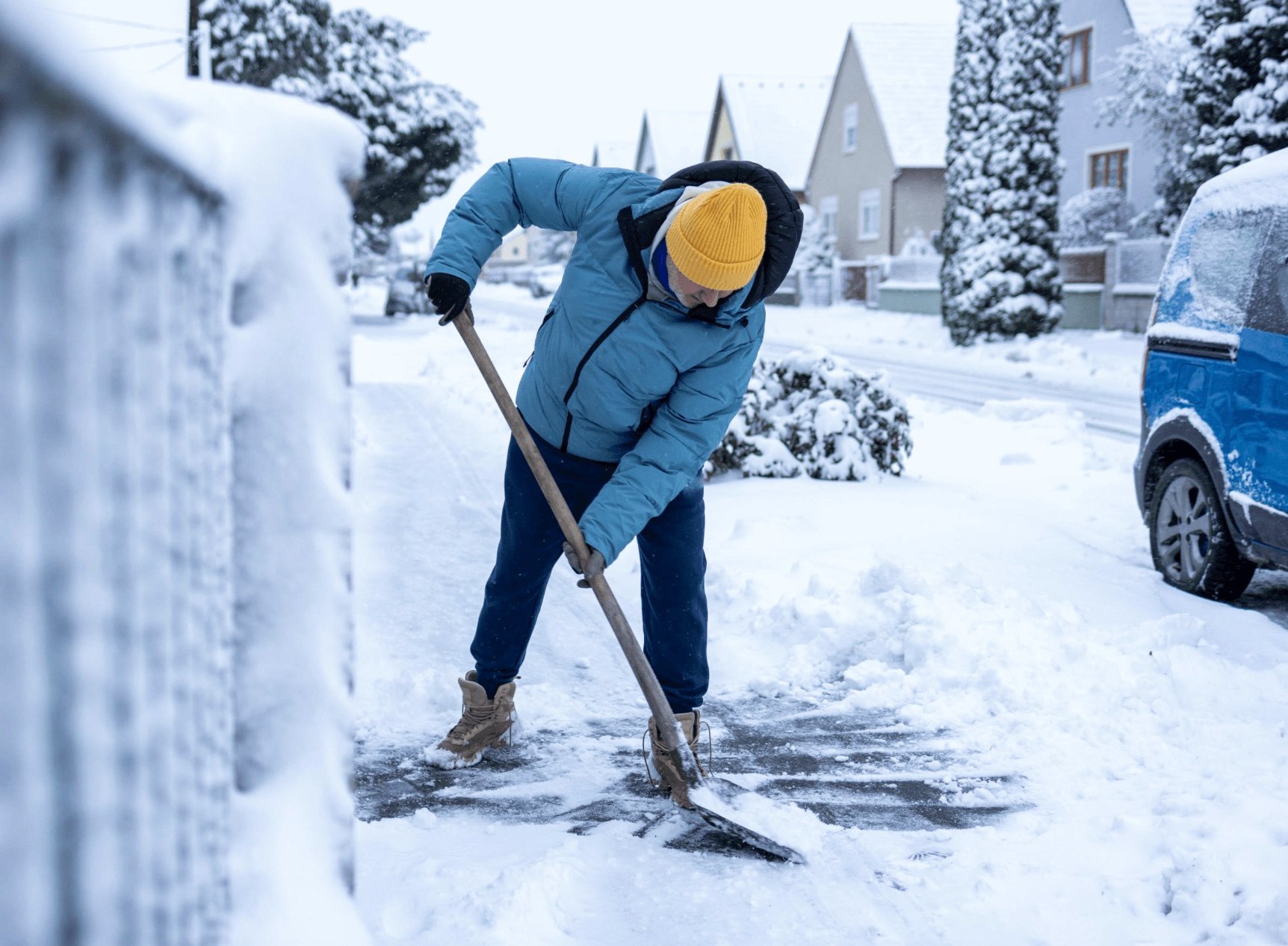Winter 2025 has been relentless, bringing extreme cold and heavy snowfall across Canada. With February being Heart Month, experts are emphasizing the importance of heart health when shovelling snow, a strenuous task that can increase the risk of heart attacks and injuries.
Key Health Risks of Shovelling Snow:
- Heart Attack Risk: Sudden, intense exertion in cold weather can strain the heart, particularly for those with preexisting heart conditions, high blood pressure, or sedentary lifestyles.
- Injury Risks: Shovelling can lead to back strains and slip-and-fall accidents, especially for individuals with balance or musculoskeletal issues.
- Increased Fatalities: A study in the Canadian Medical Association Journal linked heavy snowstorms to increased hospitalizations and deaths due to heart attacks.
Who Is Most at Risk?
- People over 55 and those with a family history of heart disease are at higher risk.
- Men are more likely than women to experience heart attacks after shovelling.
Recognizing Heart Attack Symptoms:
- Common symptoms: Chest pain, tightness, shortness of breath, and pain radiating to the neck or arm.
- Additional signs, especially in women: Lightheadedness, nausea, jaw or upper back pain, cold sweats, or indigestion.
- Critical window: The first two hours after a heart attack are crucial—seek immediate medical attention by calling 911.
Safe Shovelling Tips:
- Pace Yourself: Shovel in small sections and take breaks indoors.
- Breathe Properly: Avoid holding your breath while lifting snow.
- Stay Hydrated: Drink water before and after shovelling.
- Shovel Later in the Day: Early mornings see a peak in heart attacks.
- Ask for Help: If at risk, hire a neighbor or seek assistance.
As Canadians continue battling winter’s challenges, prioritizing health and safety while shovelling can help prevent serious complications.






0 Comments